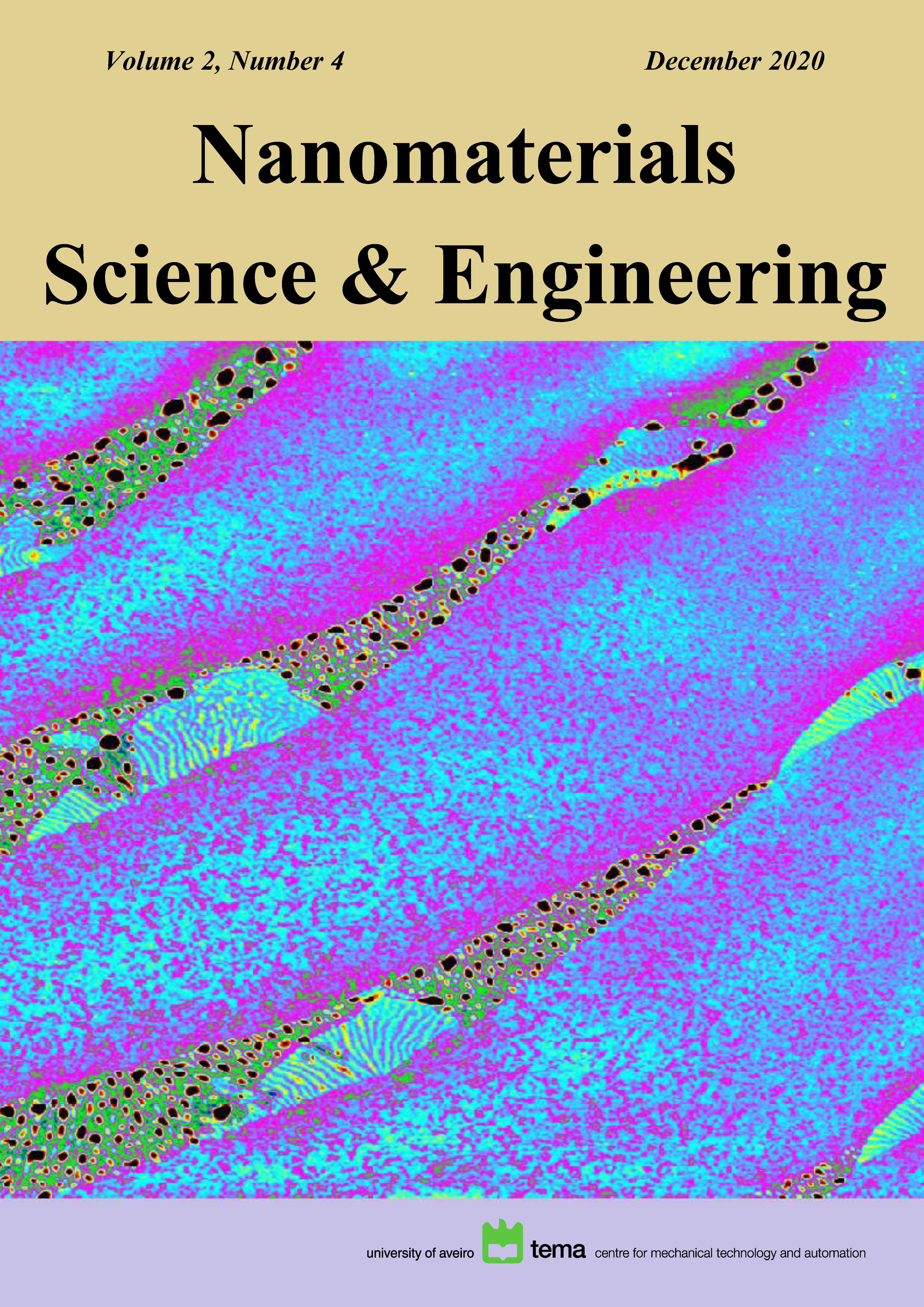Carbon fibber reinforced polymer use in space launch vehicle propellant tanks - concept and finite element method study
Abstract
Weight reduction is a never-ending goal in aerospace engineering, especially for a space launch vehicle (SLV), were every gram of mass has a penalty in the vehicle's performance. Since propellant tanks generally weigh more than half of the dry mass of a SLV, it is particularly advantageous to implement composite materials in their construction. Yet, difficulties with oxygen compatibility, permeability and manufacturing maturity dictate that aluminium alloys with high lithium content are still the state of the art in this field. Recent developments in the aerospace composites industry are starting to change this perception, especially regarding Carbon Fibber Reinforced Polymer (CFRP) application. Hence this study, which aims to propose an integral CFRP propellant tank concept and determine mass savings by comparing it to a metallic baseline, through finite element method (FEM) analysis with simulated flight loads. Tank dimensions, geometry and loads were chosen for micro-satellite SLV application. Also, Altair's Optistruct solver was used for FEM calculations, with Altair's HyperWorks for pre and post-processing. A mass reduction of close to 35% has been obtained with comparison to the metallic baseline design for the same boundary conditions. Therefore, a sound and competitive design for a micro-satellite SLV propellant tank has been successfully achieved.
Copyright (c) 2020 Nanomaterials Science & Engineering

This work is licensed under a Creative Commons Attribution-NonCommercial 4.0 International License.
Copyright Information
Authors who publish in the Nanomaterials Science & Engineering agree to the following terms:
- Authors retain copyright and grant the journal right of first publication with the work simultaneously licensed under a Creative Commons Attribution License that allows others to share the work with an acknowledgement of the work's authorship and initial publication in this journal.
- Authors are able to enter into separate, additional contractual arrangements for the non-exclusive distribution of the journal's published version of the work (e.g., post it to an institutional repository or publish it in a book), with an acknowledgement of its initial publication in this journal.
- Authors are permitted and encouraged to post their work online (e.g., in institutional repositories or on their website) after publication, as it can lead to productive exchanges, as well as earlier and greater citation of published work.
Copyrights to illustrations published in the journal remain with their current copyright holders.
It is the author's responsibility to obtain permission to quote from copyright sources.
Any fees required to obtain illustrations or to secure copyright permissions are the responsibility of authors.





